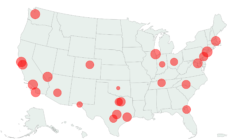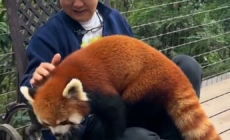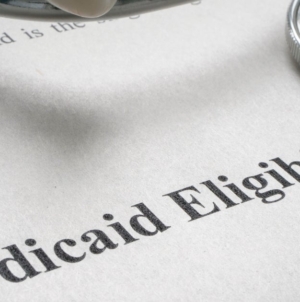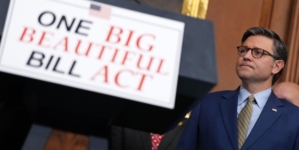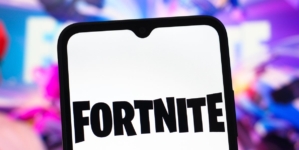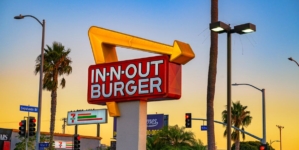-
Budapest Spas Splash into Summer with Extended Hours and Movie Nights - 2 mins ago
-
Carol Alt credits SI Swimsuit for her 47-year successful modeling career - 28 mins ago
-
Measles: California has seen more cases this year than all of 2024 - 33 mins ago
-
Map Shows Cities Where Malls are Dying Off Fastest - 40 mins ago
-
Dallas Mavericks select Cooper Flagg with the 1st pick in the 2025 NBA Draft - 43 mins ago
-
Iran’s supreme leader claims ‘victory’ in his first comments after U.S. strikes - 45 mins ago
-
200th Anna Ball Expects Record Crowd to Balatonfüred - about 1 hour ago
-
California veterans urge study of ‘lifesaving’ psychedelic therapy - about 1 hour ago
-
Iran Questions US Sincerity Ahead of Possible Nuclear Talks - about 1 hour ago
-
Could Cooper Flagg Become First North American Athlete to Earn $1B In Contracts? - about 1 hour ago
Nestle says it will stop using artificial dyes in U.S. foods, beverages by mid-2026
Nestle said Wednesday it will eliminate artificial colors from its U.S. food and beverages by the middle of 2026.
It’s the latest big food company making that pledge. Last week, Kraft Heinz and General Mills said they would remove artificial dyes from their U.S. products by 2027. General Mills also said it plans to remove artificial dyes from its U.S. cereals and from all foods served in K-12 schools by the middle of 2026.
The move has broad support. About two-thirds of Americans favor restricting or reformulating processed foods to remove ingredients like added sugar or dyes, according to an AP-NORC poll. Both California and West Virginia have recently banned artificial dyes in foods served in schools.
On Sunday, Republican Gov. Greg Abbott of Texas signed a bill requiring foods made with artificial dyes or additives to contain a new safety label starting in 2027. The label would say they contain ingredients “not recommended for human consumption” in Australia, Canada, the European Union or the U.K.
The federal government is also stepping up its scrutiny of artificial colors. In January, days before President Trump took office, U.S. regulators banned the dye called Red 3 from the nation’s food supply, nearly 35 years after it was barred from cosmetics because of its potential cancer risk.
In April, Trump’s Health Secretary Robert F. Kennedy Jr. and FDA Commissioner Marty Makary said the agency would take steps to eliminate synthetic dyes by the end of 2026, largely by relying on voluntary efforts from the food industry.
Nestle has pledged to remove artificial dyes before. Early in 2015, the company said it would remove artificial flavors and colors from its products by the end of that year. But the promise didn’t hold.
Nestle said Wednesday it’s been removing synthetic dyes from its products over the last decade, and 90% of its U.S. portfolio doesn’t contain them. Among those that do is Nesquik Banana Strawberry milk, which is made with Red 3.
Nestle said Wednesday it wants to evolve with its U.S. customers’ changing nutritional needs and preferences. “We are always looking for different ways to offer great tasting, compelling choices for our consumers. As their diverse dietary preferences and nutritional needs evolve, we evolve with them,” Nestle’s U.S. CEO Marty Thompson said in a statement.
“Serving and delighting people is at the heart of everything we do and every decision that we make,” he added.



